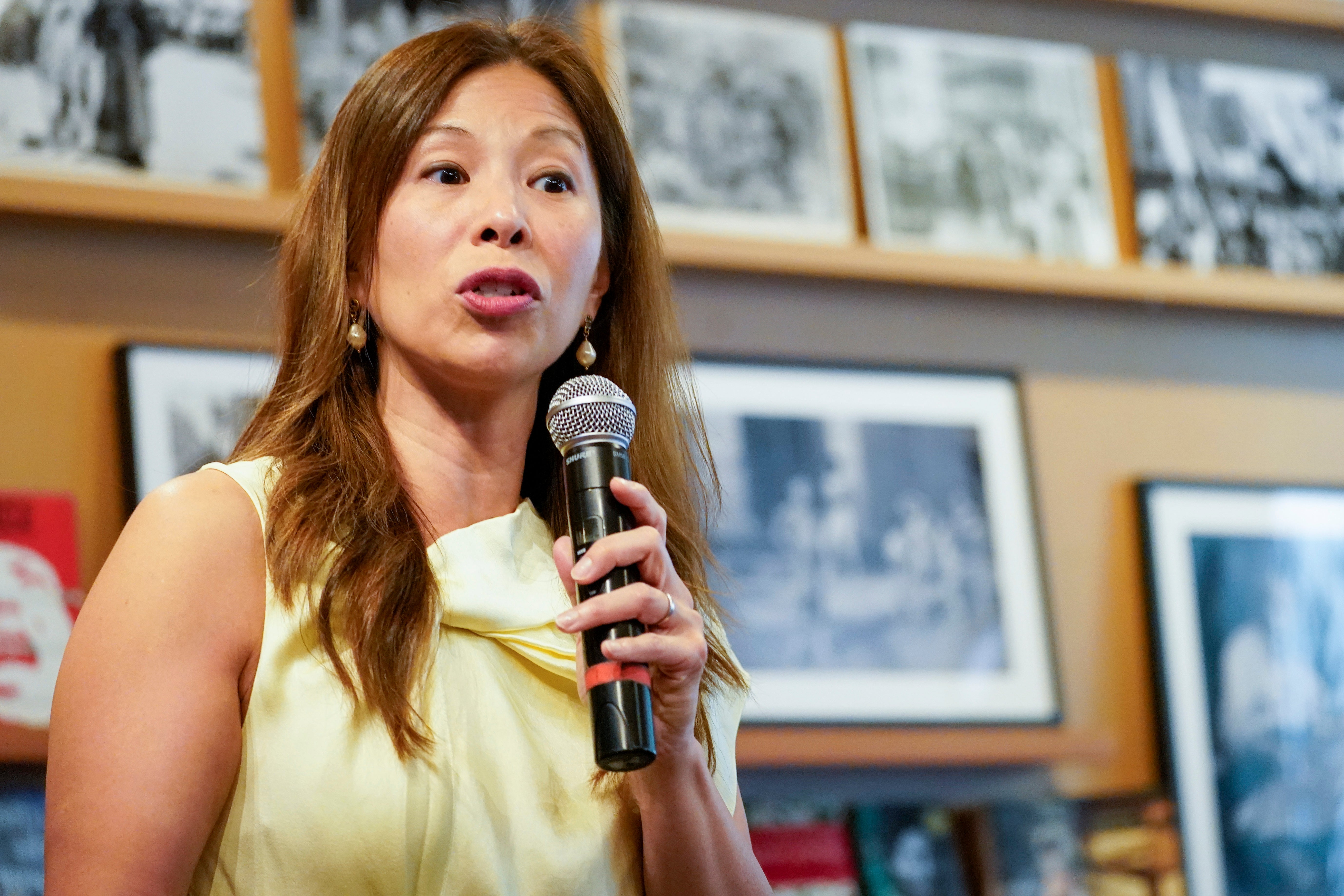Chinatown museum re-opens with anti-Asian racism exhibit
A New York City museum dedicated to telling Chinese American history is reopening to the public with an exhibit on Asian Americans and racism that it curated partially during the pandemic and a surge of anti-Asian bias incidents around the country

A New York City museum dedicated to telling Chinese American history marked its reopening to the public on Wednesday, with an exhibit on Asian Americans and racism that it curated partially through submissions gathered during the pandemic and a surge of anti-Asian bias incidents around the country.
The opening was a long time coming for the Museum of Chinese in America, not only because of the pandemic shutdown of over a year but because of a fire that ravaged though the space where its collection was housed in January 2020. Luckily, most of the collection was salvaged.
Looking back, there was a question of “how were we going to survive, but we kept pivoting," said Nancy Yao Maasbach, the museum's president.
That included a lot of virtual programming, including the call for submissions that became part of “Responses: Asian American Voices Resisting the Tides of Racism," opening to the public on Thursday.
In the exhibition, the outer walls are a running history of sorts, a timeline showcasing the racism and bigotry that's been turned toward Asian and Asian Americans throughout their generations in the U.S.
They touch on the treatment of the earliest Asian immigrant communities, how stereotypes connecting them and disease have a long history, to more recent issues like the treatment of Middle Eastern and South Asian communities in the wake of the Sept. 11 attacks.
The anti-Asian bias of the pandemic is on display, with a timeline including top government officials using anti-Asian slurs as names for the coronavirus and blaming China for its existence.
There's also a listing of various attacks that had Asian victims, like the shootings at spa businesses in Georgia in March, where six women of Asian descent were among the eight people killed.
In the center of the show are items collected by the museum showing how Asian Americans have tried to push back against bias in the past year, like photographer Mike Keo's series of images of Asian Americans sharing their identities with the hashtag, #IAMNOTAVIRUS.
Another piece is a collection of yellow whistles, which visitors are encouraged to take. Dr. Agnes Hsu-Tang and Oscar Tang founded the Yellow Whistle Project this year, offering the items as a security measure in case help is needed and making them yellow in a reference to how the color has been weaponized as a xenophobic slur against Asian Americans.
It was important to include both the history and the pandemic-related material, said Herb Tam, curator and director of exhibits at the museum.
“We felt like even though the submissions since April 2020 were really wonderful ... it wouldn't have been enough," he said, and they wanted the exhibition to “make people aware of how this is not new, the way that Asians have been made to feel foreign, or the way we have been scapegoated for a disease."
The opening didn't come without controversy. Two artists who had been slated to have their images of Chinatown in Oakland, California, in the show pulled their photos in recent days, following a similar action from other artists in a show the museum was supposed to have put on last year.
The artists, Colin Chin and Nicholas Liem, withdrew their work over a controversy about a contested city plan to site a new jail facility in Chinatown. In talking about the overall project, the city said MOCA would be getting $35 million toward its capital needs, which critics of the jail plan have used to condemn the museum.
The museum has been adamant that it does not support the jail, and Yao Massbach said it had been asking the city for capital funds for several years before the controversy.
Liem, speaking to The Associated Press from Seoul, South Korea, wasn't convinced. “You can't say you're against something while financially benefitting from it,” he said.
At the press event for the new exhibit on Wednesday, protesters could plainly be heard from the street outside, at times right up next to the clear windows at the front of the building.
Tam called the artists' withdrawal “disheartening" and the controversy was being fueled by “mischaracterizations."